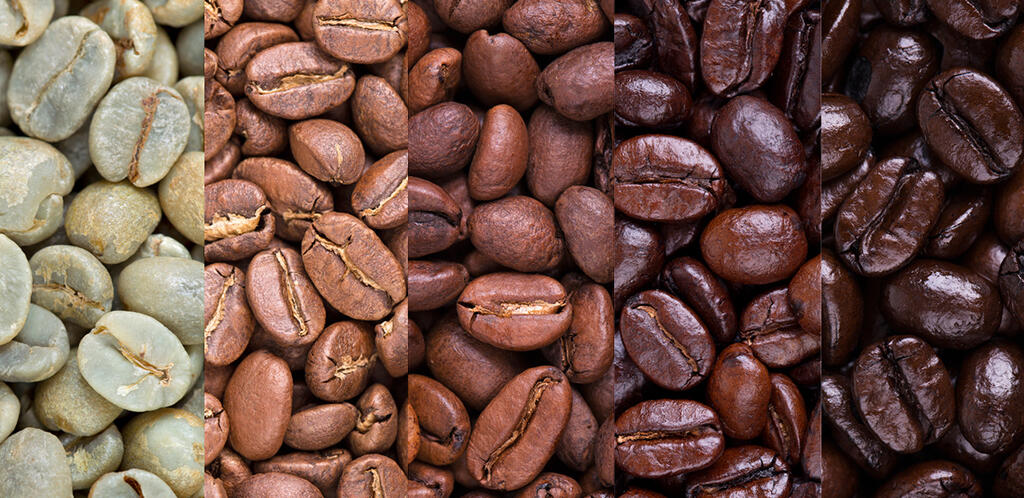The Art of Coffee Roasting.
If you’re looking for a comprehensive post on The Art of Coffee Roasting: From Green Beans to Perfect Brew. You have found it here. We will also look at what’s the history of coffee bean roasting.
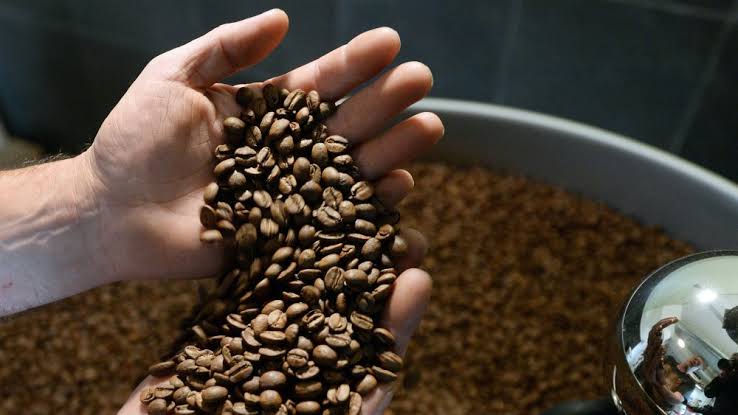
From Green Beans to Perfect Brew – History.
Coffee, an integral part of our daily routine, is a beverage that has been cherished for centuries. The rich aroma, delightful flavours, and energizing effects are the result of a meticulous process known as coffee roasting. In this comprehensive blog post, we delve into the history of coffee bean roasting, explore the essentials needed for coffee roasting, and uncover the secrets to achieving a professional-level roast that culminates in the perfect cup of coffee.
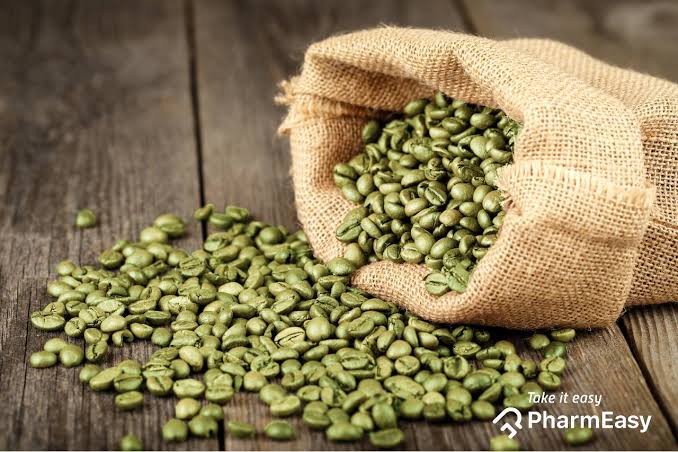
The History of Coffee Bean Roasting.
Part 1: The History of Coffee Bean Roasting Coffee bean roasting has a rich history that can be traced back to ancient times. The journey of coffee roasting began in the 9th century in Ethiopia, where coffee was discovered. Initially, coffee beans were consumed in their raw form, but it wasn’t until the 13th century in Persia that the practice of roasting coffee began. The process gained popularity, and by the 15th century, coffee was being roasted in large quantities in Yemen. From there, it spread across the Middle East and eventually to Europe, where it became an integral part of daily life.
Essential Coffee Roasting Tools.
Part 2: The Essentials for Coffee Roasting To embark on the journey of coffee roasting, you will need a few essential tools and ingredients:
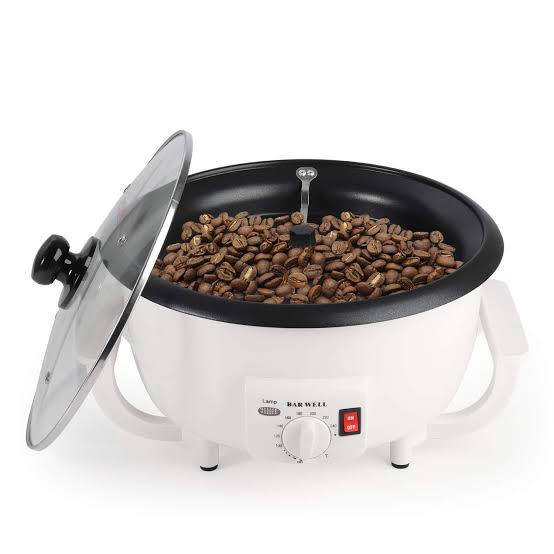
- Green Coffee Beans: The starting point of any coffee roast is green coffee beans. These beans are unroasted and have a longer shelf life compared to roasted beans. Green beans come from different regions and have unique flavour profiles.
- Roasting Equipment: A coffee roaster is the cornerstone of the coffee roasting process. There are various types of roasters available, ranging from small home roasters to large-scale commercial ones. Choose a roaster based on your needs and budget.
- Ventilation: Proper ventilation is crucial during the roasting process to eliminate smoke and control temperature. Ensure that your roasting area is well-ventilated, especially if you’re using a home roaster.
- Storage Containers: After roasting, you’ll need airtight containers to store your freshly roasted beans. Mason jars or specially designed coffee storage containers work well to preserve the flavours and aromas.
The Coffee Roasting Process.
Part 3: Now, let’s explore the coffee roasting process step-by-step:
- Preheating: Begin by preheating your roaster to the desired temperature. This step ensures even heat distribution during the roast.
- Loading the Beans: Add the desired amount of green coffee beans to the roasting chamber. The quantity will depend on the capacity of your roaster and your intended roast size.
- Roasting Profiles: Every coffee bean has its own optimal roasting profile, which determines the temperature and duration of the roast. Experiment with different profiles to find the perfect balance of flavours.
- First Crack: As the beans heat up, they undergo a process known as the first crack. During this stage, the beans release steam and expand, resulting in a popping sound. The first crack signifies the beginning of the roast.
- Development Stage: After the first crack, you can choose to stop the roast for a lighter roast or continue for a darker roast. Pay attention to the aroma and colour changes to achieve your desired roast level.
- Cooling: Once the desired roast is achieved, quickly cool the beans to halt the roasting process. This can be done by transferring them to a cooling tray or using a separate cooling apparatus.
Roasting Like a Professional.
To achieve professional-level coffee roasting, here are some tips to consider:
- Quality green beans: Start with high-quality green coffee beans. Look for specialty-grade beans from reputable sources. The quality of your beans will significantly impact the final flavour of your roasted coffee.
- Understand the beans: Learn about the origin, variety, and processing method of the beans you’re roasting. Different beans require different roasting profiles to bring out their best flavours. Experiment and keep records to understand how each bean behaves during the roasting process.
- Consistent roast profiles: Develop and document roast profiles for different beans. A roast profile includes variables like temperature, time, and airflow settings at different stages of the roast. Consistency is key to achieving a professional roast, so aim to replicate successful profiles.
- Control the temperature: Invest in a reliable coffee roaster that allows you to control and monitor temperature accurately. Consistent heat is crucial for even roasting and flavour development. Understand the ideal temperature ranges for different roasting stages (drying, browning, and development) and make adjustments as needed.
- Roast in small batches: Roasting smaller batches of coffee allows for better control over the process and ensures even heat distribution. It also allows you to experiment and fine-tune your roast profiles more easily.
- Pay attention to airflow: Proper airflow during roasting is essential for smoke management and heat transfer. Adjust the airflow settings based on your roaster’s capabilities and the desired roast profile. Too much airflow can cause uneven roasting, while too little can lead to smoky or baked flavours.
- Use your senses: Develop your sensory skills to evaluate the roast level and flavour. Regularly cup and taste your roasted coffee to understand the impact of your roasting decisions. Pay attention to aroma, acidity, body, and aftertaste to assess the quality of your roast.
- Take notes: Keep a detailed log of your roasting experiments, including the bean type, roast profile, and tasting notes. This will help you track your progress, identify trends, and make adjustments for future roasts.
- Practice and experiment: Becoming a professional coffee roaster takes time and practice. Experiment with different beans, roast profiles, and brewing methods. Learn from your successes and failures, and continually refine your techniques.
- Seek knowledge and feedback: Join coffee roasting communities, attend workshops, and learn from experienced roasters. Sharing knowledge and seeking feedback from experts can accelerate your learning and help you improve your roasting skills.
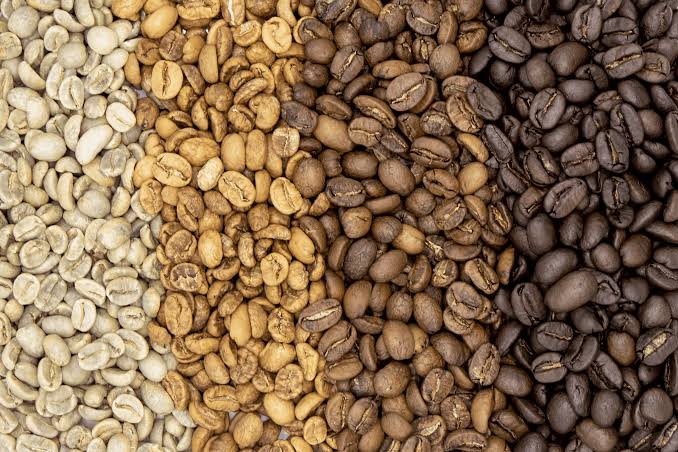
Remember that coffee roasting is both an art and a science. It takes patience, dedication, and a willingness to learn from each batch. Enjoy the journey and keep honing your craft to achieve professional-level coffee roasting.
Author.
Brendon McAliece is a multi-lingual expat who brings over three decades of flight simulator/PC building experience as well as over two decades of real-world jet fighter experience as a weapons/egress technician. He holds a sport pilot certificate giving him real-world flying experience. Hi travels have taken him from Europe to the Middle East, Asia and his home of Australia. He has a passion for travel, languages, Flight simulation as well as Guitaring and Coffee. You can read more in his blogs below.
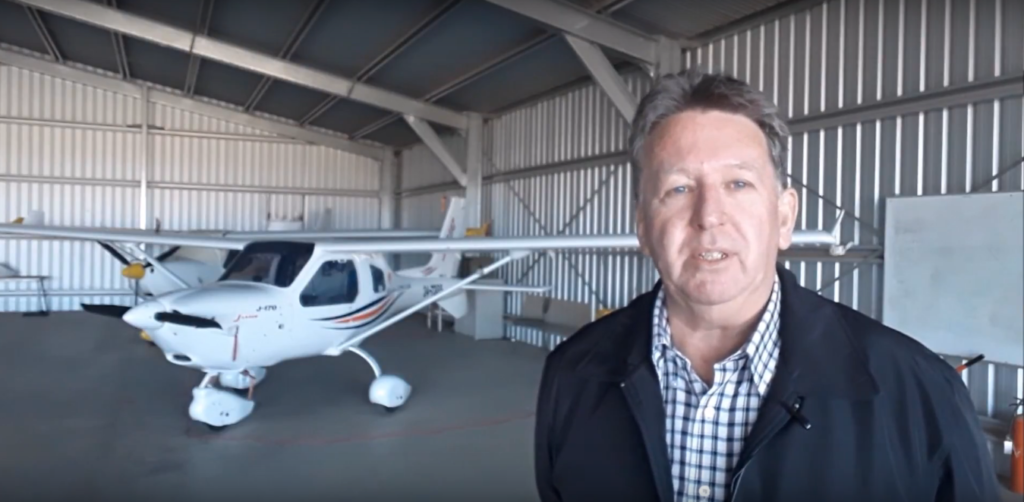
Learn more @
DreamingGuitar.com – DreamingCoffee.com – LetsFlyVFR.com
Home – Blog – Shop – About
As an amazon.com affiliate I may earn on qualifying sales.

